Souto de Moura: Influences and Achievements
August 16, 2024
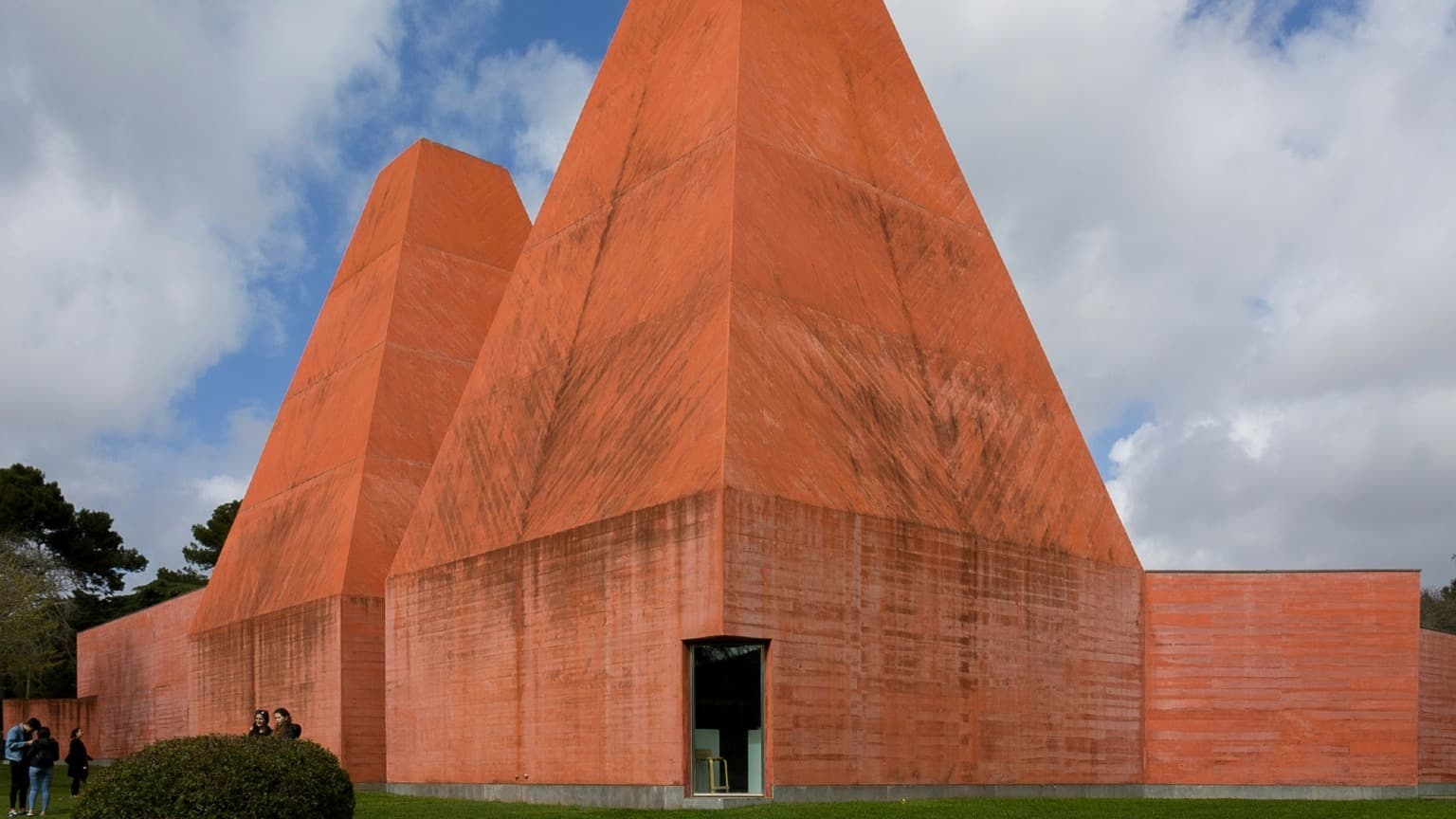
Casa das Histórias Paula Rego (Cascais, Portugal)
When we talk about architecture in Portugal, we are referring to several figures who have made remarkable contributions on both national and international levels. One of these figures is Eduardo Souto de Moura. Born in Porto on July 25th, 1952, he quickly distinguished himself for his creative and artistic talents, which led him to study architecture at the Porto School of Fine Arts, and later at the Faculty of Architecture of the University of Porto. He completed his degree in 1980, a year in which he not only began working as a freelance architect but also received his first award from the Engenheiro António de Almeida Foundation.
Souto de Moura's architectural work has been shaped by a wide range of influences. In addition to the impactful work of Álvaro Siza Vieira, he has drawn inspiration from the architectural contributions of Mies van der Rohe and Aldo Rossi, as well as the innovative Californian experiments of the 1950s and 1960s by architects like Craig Ellwood and Pierre Koenig, and the influential "Case Study Houses." Furthermore, Souto de Moura's work reflects the influence of minimalist art, with references to artists such as Donald Judd and Sol LeWitt. Beyond the realms of architecture and art, Souto de Moura's creative vision has been shaped by a diverse array of literary and philosophical figures. He has drawn inspiration from the writings of Bernardo Soares, one of the heteronyms of the renowned poet Fernando Pessoa, as well as the ideas of French thinker and writer Roland Barthes. Additionally, the influence of Catalan painter Antoni Tàpies and German artist Joseph Beuys can be seen in his work, demonstrating a rich tapestry of influences that have contributed to the development of his distinctive architectural style. This multitude of influences, spanning architecture, literature, and painting, reflects the unique and richly textured way in which Souto de Moura approaches and expresses himself through architecture.
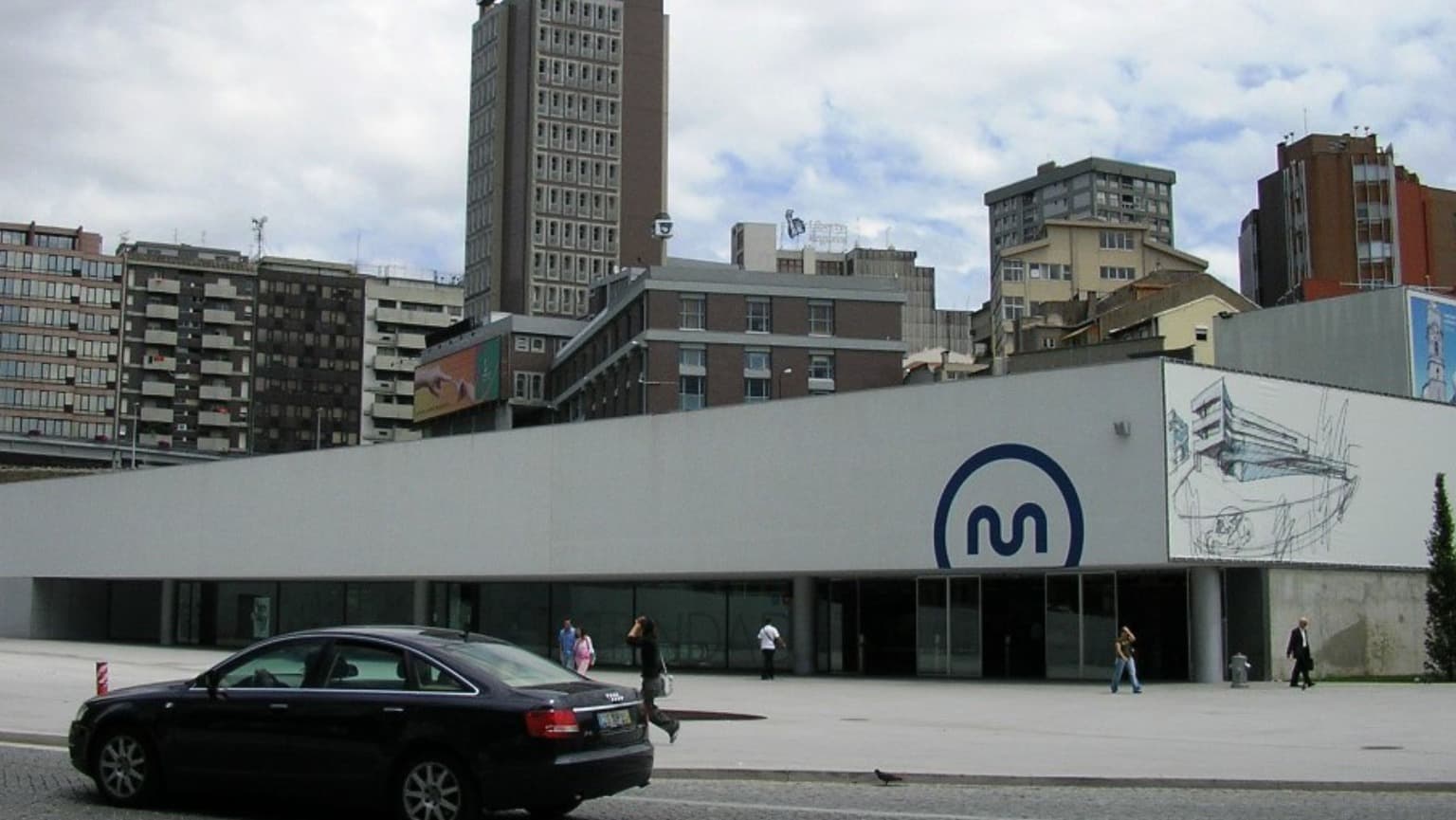
Metro do Porto (Porto, Portugal)
In 2011, Eduardo Souto de Moura made history by becoming the second Portuguese architect to receive the prestigious Pritzker Architecture Prize, following in the footsteps of his compatriot Siza Vieira, who won the award in 1992. The Pritzker Architecture Prize, often referred to as the Nobel of Architecture, was established in 1979 by the American Hyatt Foundation and is widely recognized as one of the highest honors in the field. Souto de Moura's architectural excellence has been celebrated and acknowledged on a global scale. In addition, in 2016, he was honored by the X Ibero-American Biennial of Architecture and Urbanism (BIAU) in Madrid, where he was commended for his significant contributions to architectural education at various universities around the world.
Souto de Moura's major projects include the Municipal Market and the Municipal Stadium in Braga, the Casa das Artes, Manoel de Oliveira's Casa do Cinema, and the Burgo Building in Porto, as well as the Casa das Histórias Paula Rego in Cascais, and the Ponte dell'Accademia in Venice, Italy. His latest work is the Torre de São Bento, located in the Time Out Market of Porto, among many other works that distinguish him from his peers.
Some of Eduardo Souto de Moura's most emblematic works:
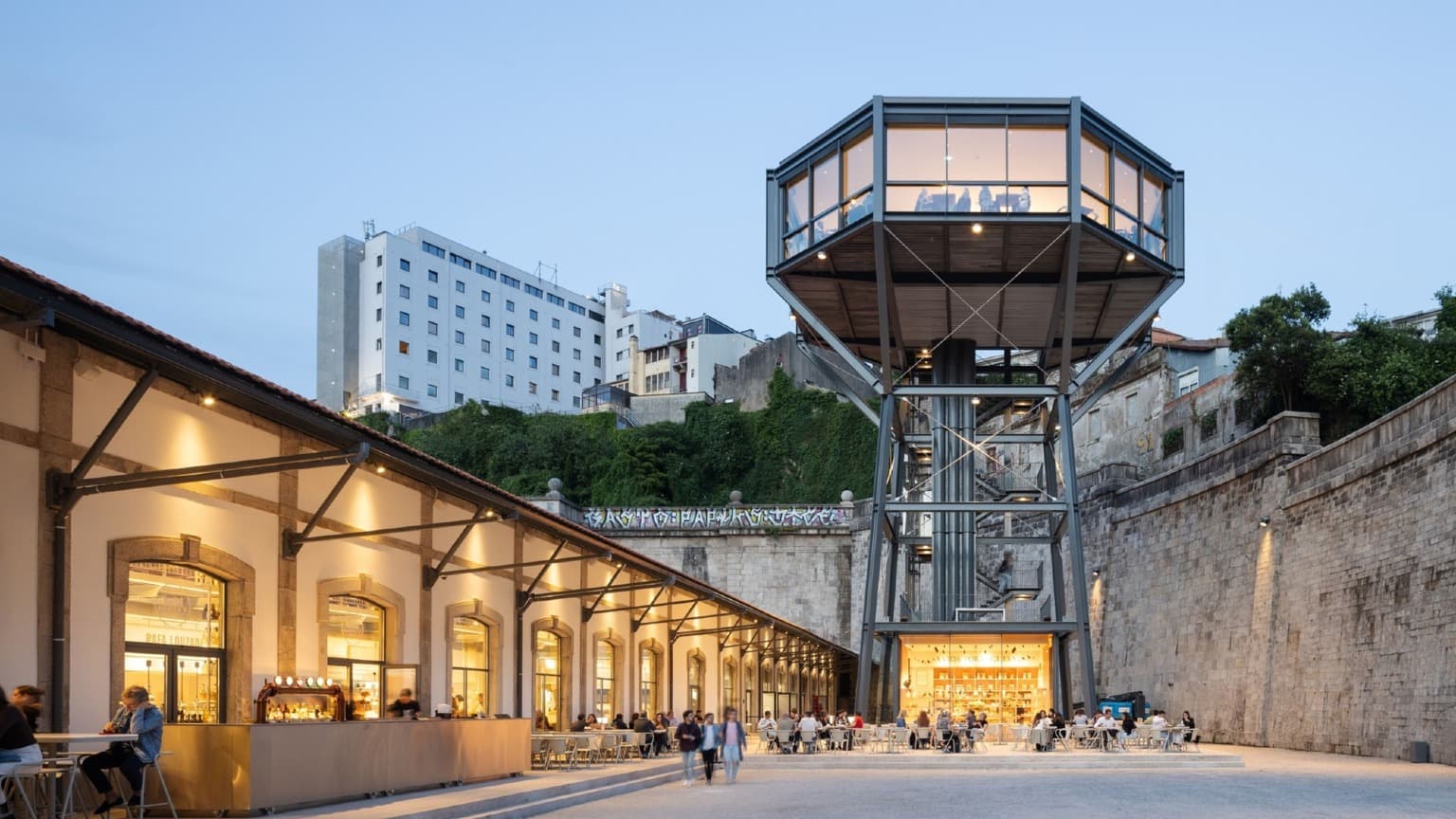
Torre de São Bento, Porto's Time Out Market (Porto, Portugal)
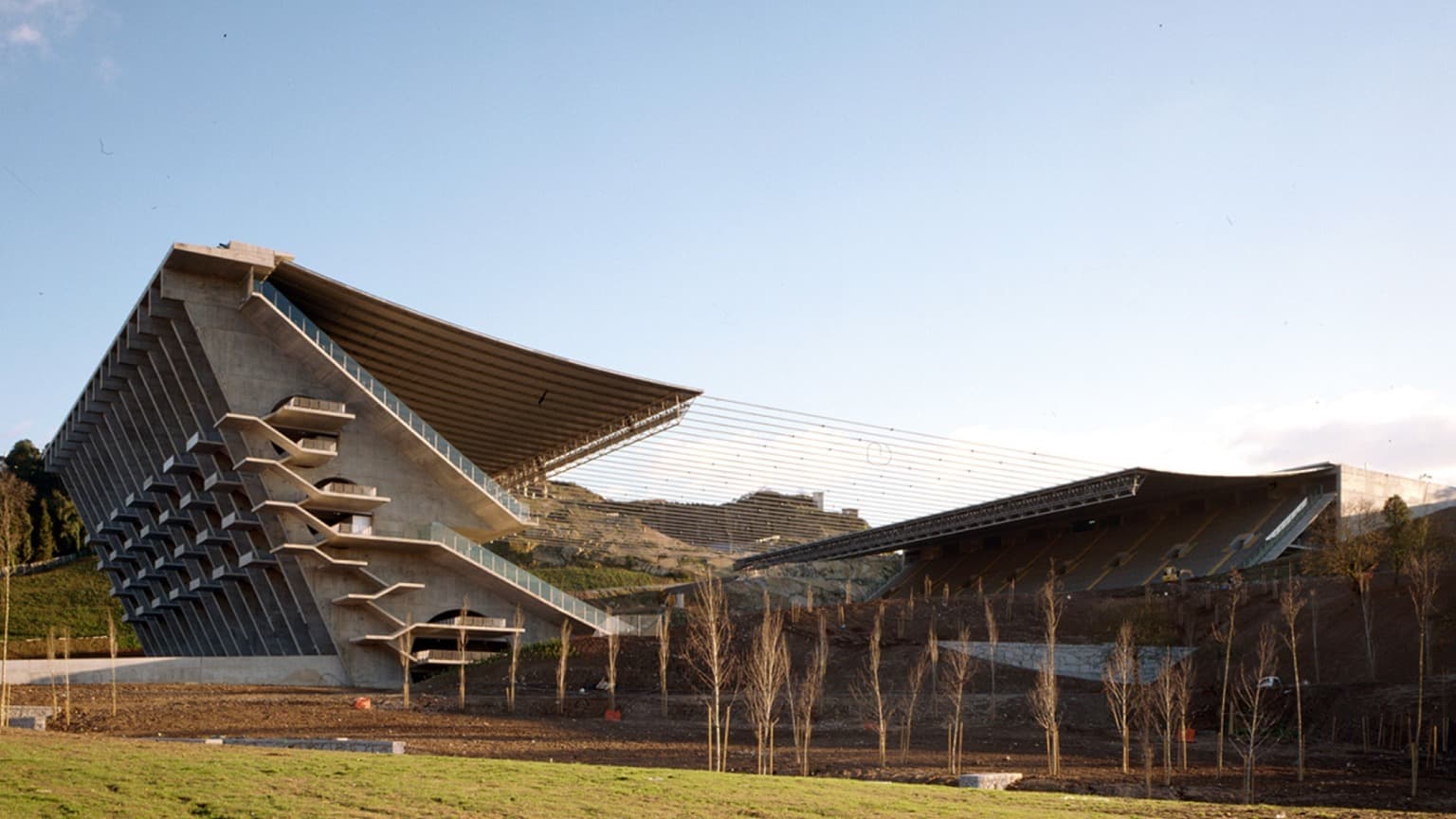
Braga Municipal Stadium, home of SC Braga (Braga, Portugal)
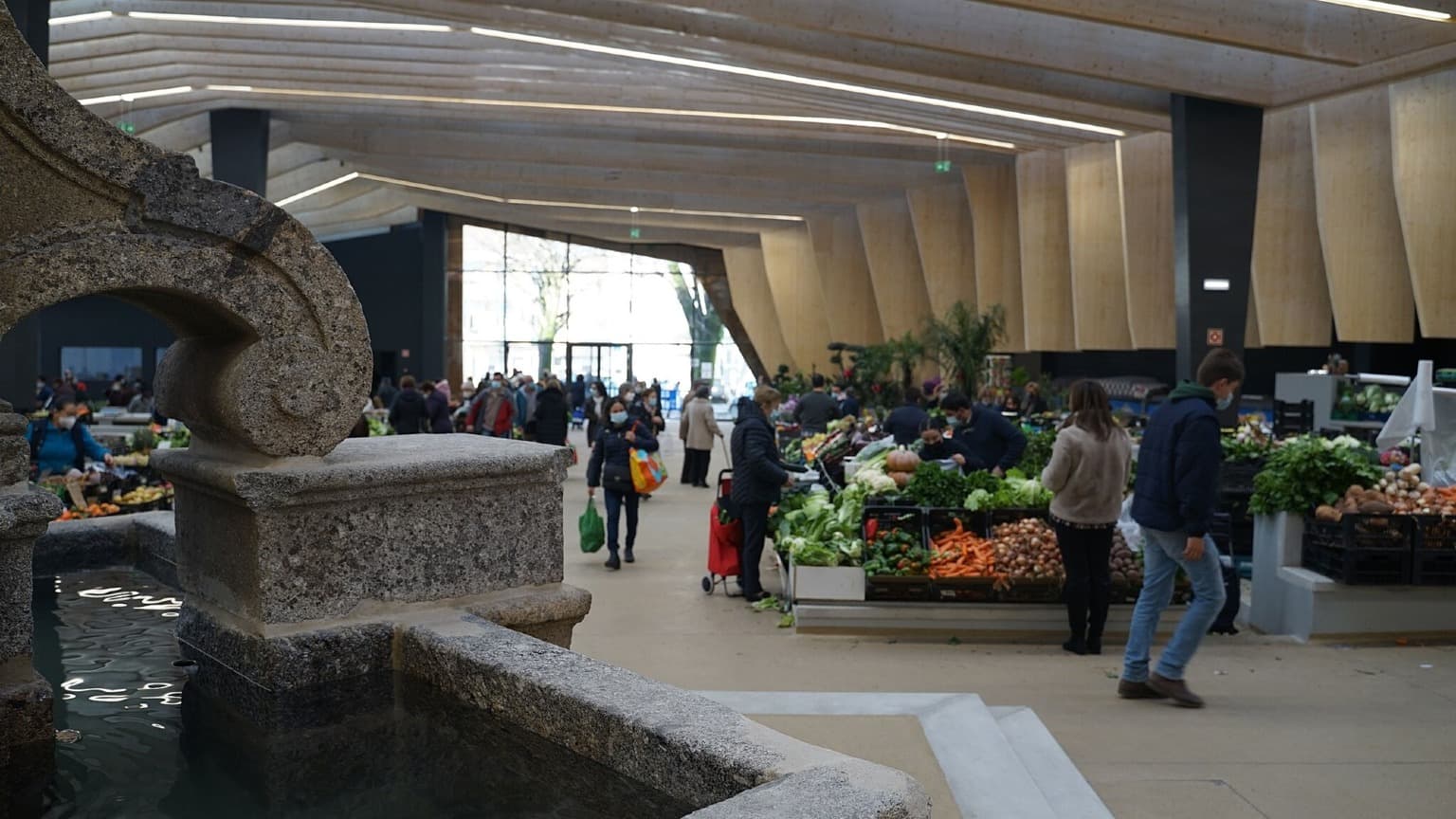
Praça City Market, Braga (Braga, Portugal)

Viana do Castelo Cultural Center (Minho, Portugal)
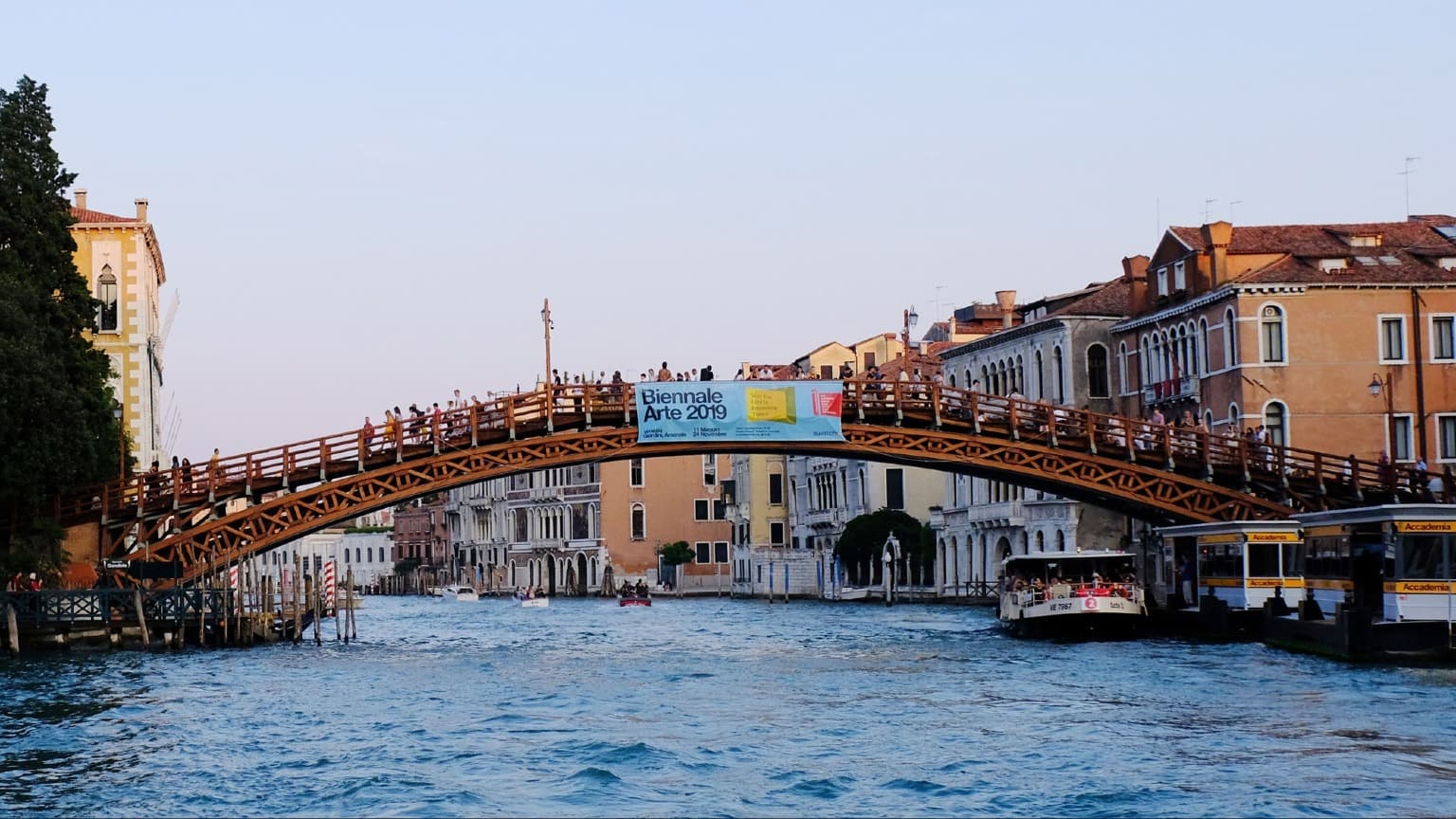
Ponte dell'Accademia (Venice, Portugal)